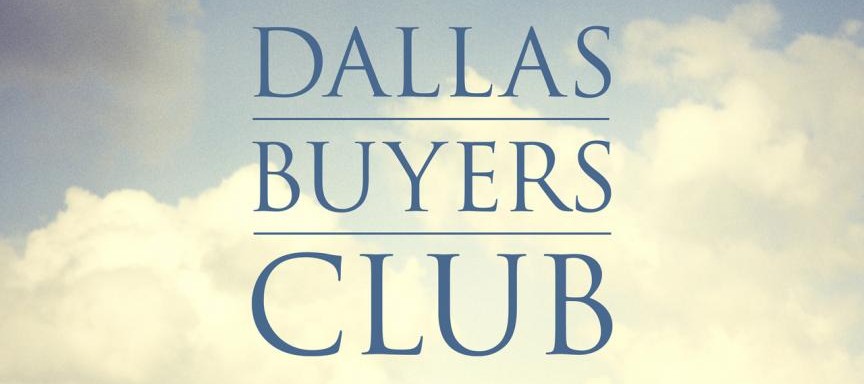Self-proclaimed film connoisseur, Patrick Larkin ‘14, discusses the evolution of the conversation of HIV/AIDS in film from the past 20 years. His review of Dallas Buyers Club draws parallels from the 1993 Jonathan Demme film, Philadelphia.
Photo Courtesy of Voltage Pictures

Jonathan Demme’s Philadelphia (1993) was an unremarkable film that did one remarkable thing: it tackled the issue of AIDS for a mainstream audience. It was a rousing, crowd-pleasing drama featuring big name stars in the hopes of getting people to look past their prejudices and end the homophobic stigma of AIDS.
Jean-Marc Vallée’s Dallas Buyers Club, released in theatres November 22 and reexamined in the midst of the “Oscar Buzz” this month, is rather similar to Philadelphia in its handling of the subject matter of HIV/AIDS. Although there has been a significant amount of progress in the understanding and acceptance of the disease since 1993, it is still a delicate, relevant, and emotionally stirring topic for a film. Dallas Buyers Club, based on a true story, is about homophobic, macho rodeo riding Texan Ron Woodroof (Matthew McConaughey), who contracted AIDS in the late 1980’s. Ron is ostracized by his hyper-masculine friends upon his diagnosis because of the stigma of the disease at the time. To make matters even worse, Ron is told that he has 30 days to live.
Never one to go down without a fight, Ron illegally acquires the drug AZT, before discovering that in large of doses it is a death sentence for anyone with HIV. His later and more holistic medicinal approach includes unapproved proteins and vitamins from across the Mexican border designed to prolong the life of those afflicted. Ron sees an opportunity to make a good deal of money on these proteins and vitamins. He forms a buyers club where he sells memberships that would provide these otherwise unavailable substances. Since his clientele are mostly homosexual and transgendered, in a plausible but highly sentimental character arc, he begins to change his perception of the gay community.
Dallas Buyer Club’s representation of those afflicted with AIDs, as well as gay and transgender individuals, is admirable and sympathetic. But there is darkness at the center of the film that is easily overlooked. The harrowing physical effects of succumbing to AIDS are treated all too briefly, and the film turns its eyes on a rarefied conflict between the FDA and Ron, as he becomes an unlikely champion for those with AIDS. The film wants to be a simple, comforting melodrama but it’s dealing with a story that is neither simple nor comforting.
In the midst of this all too middle-brow prestige are two performances that elevate the flawed story. McConaughey’s committed performance is a brave and raw bit of method acting. Jared Leto as Rayon, the transgendered man who draws Ron into the world of the gay community, feels like a real transgendered man, and not a caricature. Rayon is effete, but there is greater complexity to the character, an underlying sadness that is all too real and tragic.
Like Philadelphia before it, Dallas Buyers Club is a sensitive about its subject, and uses its status as a crowd pleasing melodrama to instill deeply felt empathy with its characters in an audience.






































































































